The Nothing Phone 3 arrives with a flashy new Glyph Matrix module and a flagship price tag, promising a step forward for the brand.

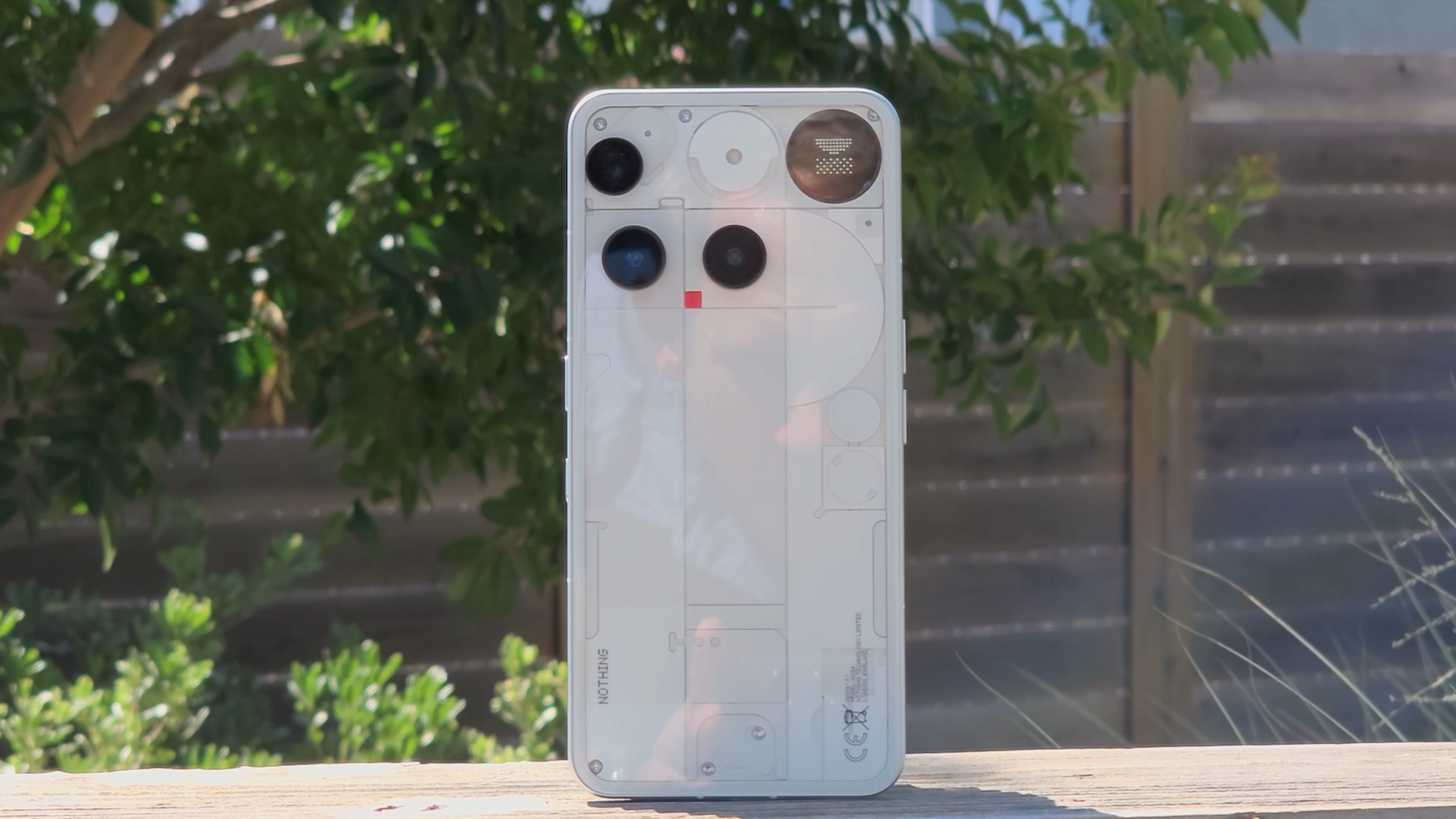
The Nothing Phone 3 arrives with a flashy new Glyph Matrix module and a flagship price tag, promising a step forward for the brand. But the real surprise isn’t the Glyph update or the design tweaks, it’s an unexpectedly impressive macro camera that you might not reach for often. For a company that thrives on bold design moves, is that enough?
Pros:
Cons:

First, we have to look at the design of the device because this has become one of Nothing's major calling cards. Nothing’s transparent design philosophy is alive and well here, but this time, the rear glass feels emptier when compared to its other generations. Below the camera array, we're left with a lot of white space, not nearly as interesting compared to the Nothing Phone 3a from earlier this year.
The asymmetrical camera array doesn’t bug me nearly as much as it seems to bug other reviewers. I see each major module as occupying its own square space, and through that lens, it works for me. What’s really missing, in my eyes, is texture. The back feels vacant, with little to draw the eye, especially without the large Glyph LED bars of past devices. And speaking of the Glyphs...
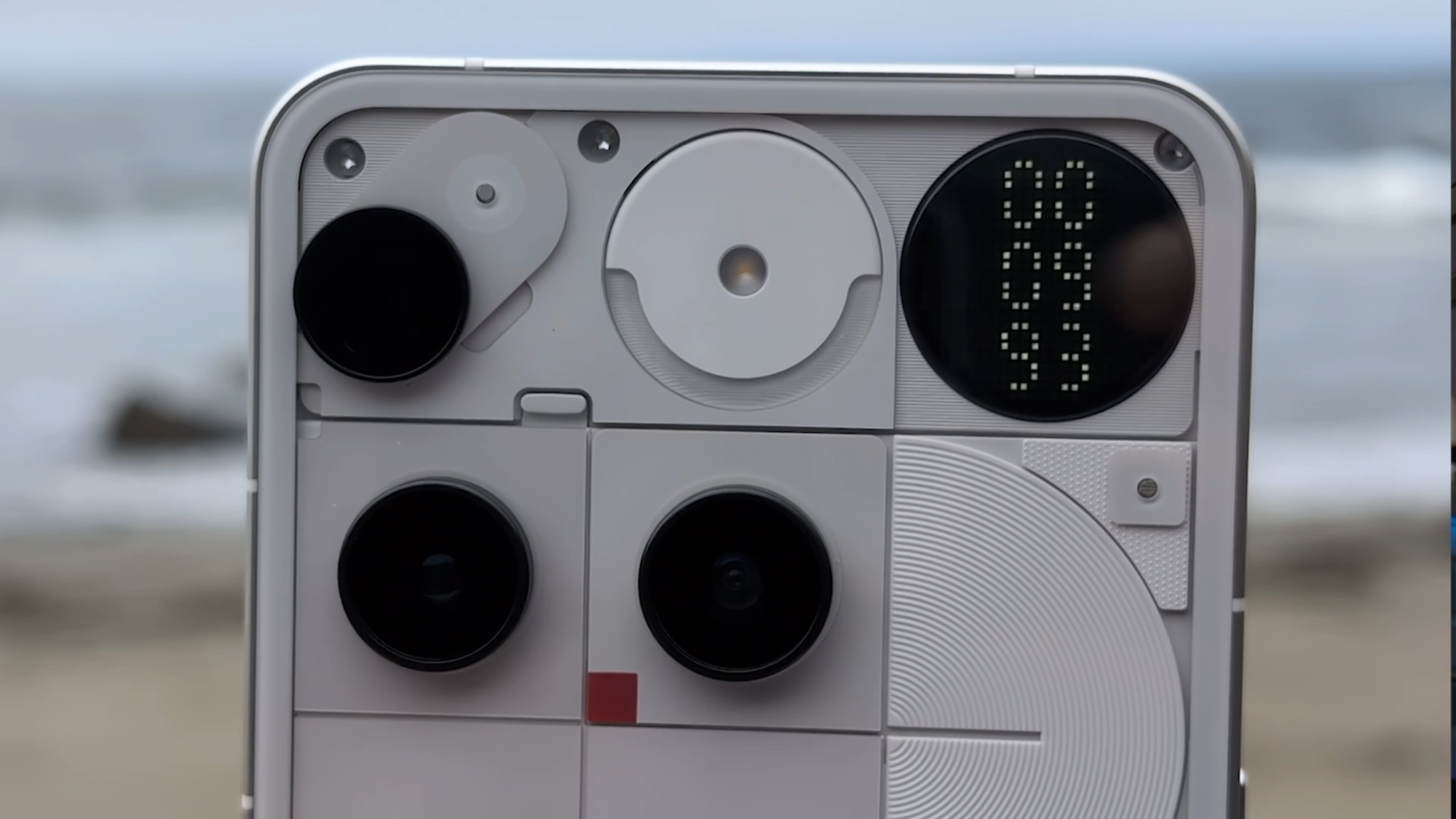
Nothing leaned heavily into its redesign of the Glyph notification system, this time settling on an all-new module that blends in with the camera array. The Glyph Matrix is a unique circular dot-matrix display made of 489 LEDs, and it replaces those bold LED light bars that helped make Nothing a notable smartphone brand. In theory, it offers more utility with an assortment of built-in toys like Magic 8 Ball, Spin the Bottle, Stopwatch, a selfie mirror, and even my favorite, Flip to Record, which shows a neat waveform while recording audio in Essential Space. It's extensible as well, with an official open source platform that developers can choose to build for.
The reality? The Glyph Matrix is such a specific and isolated segment of the phone that it demands your direct attention in order to be truly useful. With the old Glyph LEDs spread out across the entirety of the backplate, the feedback was impossible to ignore. Here, the small display is too easy to miss. The Matrix is indeed very clever, but I found myself using it less than I thought I would. It ends up more like a decorative trick than a meaningful daily tool.
That said, I love that Nothing is always swinging for the fences with its design approach. Even if I don’t love the Matrix, I love that Nothing tried something new that we haven't seen before.
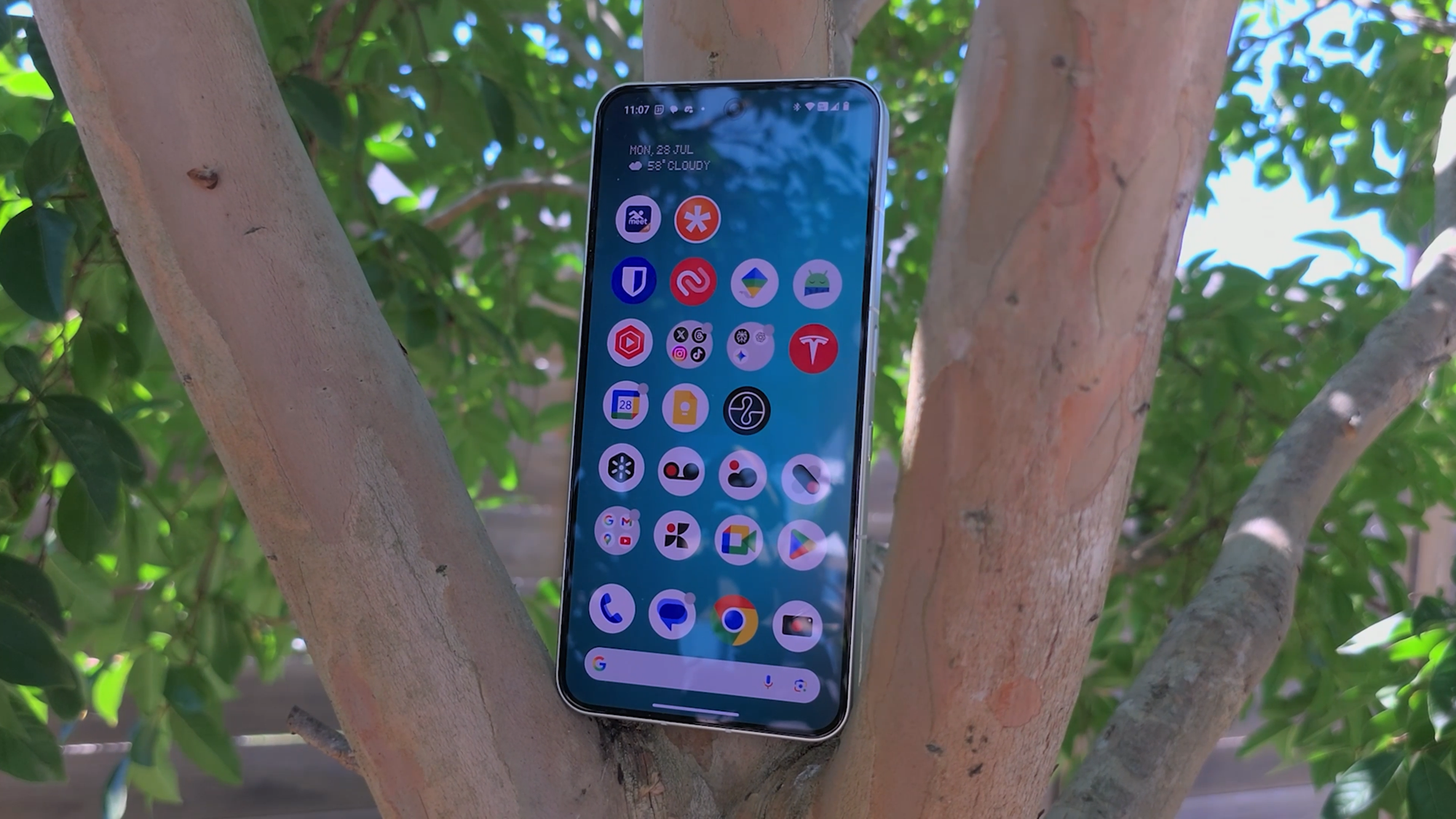
The display holds its own with 120Hz refresh, solid outdoor visibility, and natural-looking colors, but there are a few corners cut. Nothing stepped down the Pulse Width Modulation (PWM) dimming from 2160Hz on the 3a to 960Hz here. That’s more likely to cause eye discomfort for users who are sensitive to the rapid flashing that happens on displays like this one. I'm not one of those people, but if you are, you'll want to take note.
The glass choice is also a little less than flagship. Gorilla Glass 7i protects the front, which is a step down from Victus 2, while the rear gets stronger Gorilla Glass Victus protection. Durability is prioritized for the transparent back, leaving the front glass a bit more exposed to damage over time.
Inside, the Snapdragon 8s Gen 4 with 16GB RAM keeps things moving smoothly, most of the time. Every day use feels fine, but I noticed occasional slowdowns within camera operation with slow shutter and image processing, as well as some multitasking scenarios jumping between apps.
Nothing is pitching this as its first true flagship with pricing that competes directly with the Pixel 10, Galaxy S25, and iPhone 16. That right there sets expectations at a higher level than what Nothing is shipping inside this device. Discerning buyers will expect the latest Snapdragon chip, and instead, Nothing opted for a step-down option. That makes this phone feel like yet another upper mid-tier device in their catalogue, not the premium device it's billed as.
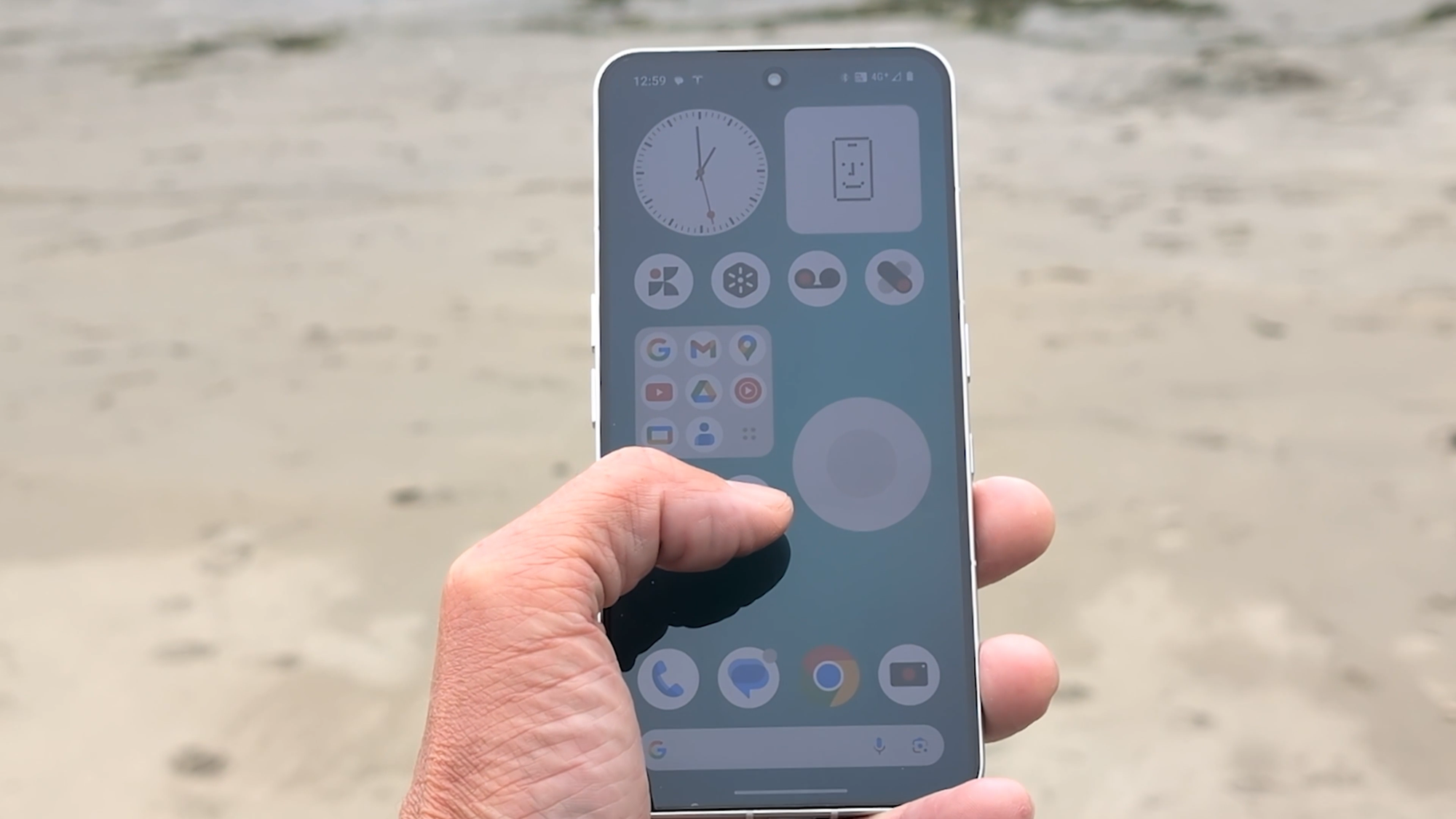
Nothing OS 3.5 on Android 15 continues to be one of my favorite software experiences on Android today. It’s close to stock but adds unique touches along with its dot-matrix aesthetic that I quite enjoy.
I was excited about new features like Generative Ringtones, which are supposed to create unique ringtones based on a combination of caller data like name and phone number. Unfortunately, it never worked properly for me. Same with the Essential Notifications system for the Glyph Matrix, a customizable approach to showing unique behaviors tied to specific scenarios in real-world use. It just wouldn’t function for me, which was a huge letdown.
On the plus side, Nothing promises five years of OS updates and seven years of security patches. While it's not the seven years of OS updates that Google and Samsung currently offer on their flagships, I think it's still pretty solid for this price.

The camera system brings 50MP sensors to all three lenses: the main, ultrawide, and telephoto. That sounds amazing, right? The main camera produces solid shots in good lighting, though pesky low-light performance noticeably lags behind other flagships. Ultrawide is serviceable too, but aging at this point, and with no OIS on board, I got a decent amount of output that was too smeary for my taste.
Being a huge fan of a solid telephoto lens, I was excited by the inclusion of a 3x periscope lens. However, I was pretty disappointed by the clarity of that lens when shooting images at a distance. I noticed that it plays double duty when you switch into macro mode. Surprisingly, this lens produced genuinely impressive images of up-close objects. So often, macro mode is a spec sheet filler, but in this case, it's one of my favorite parts of the camera system.



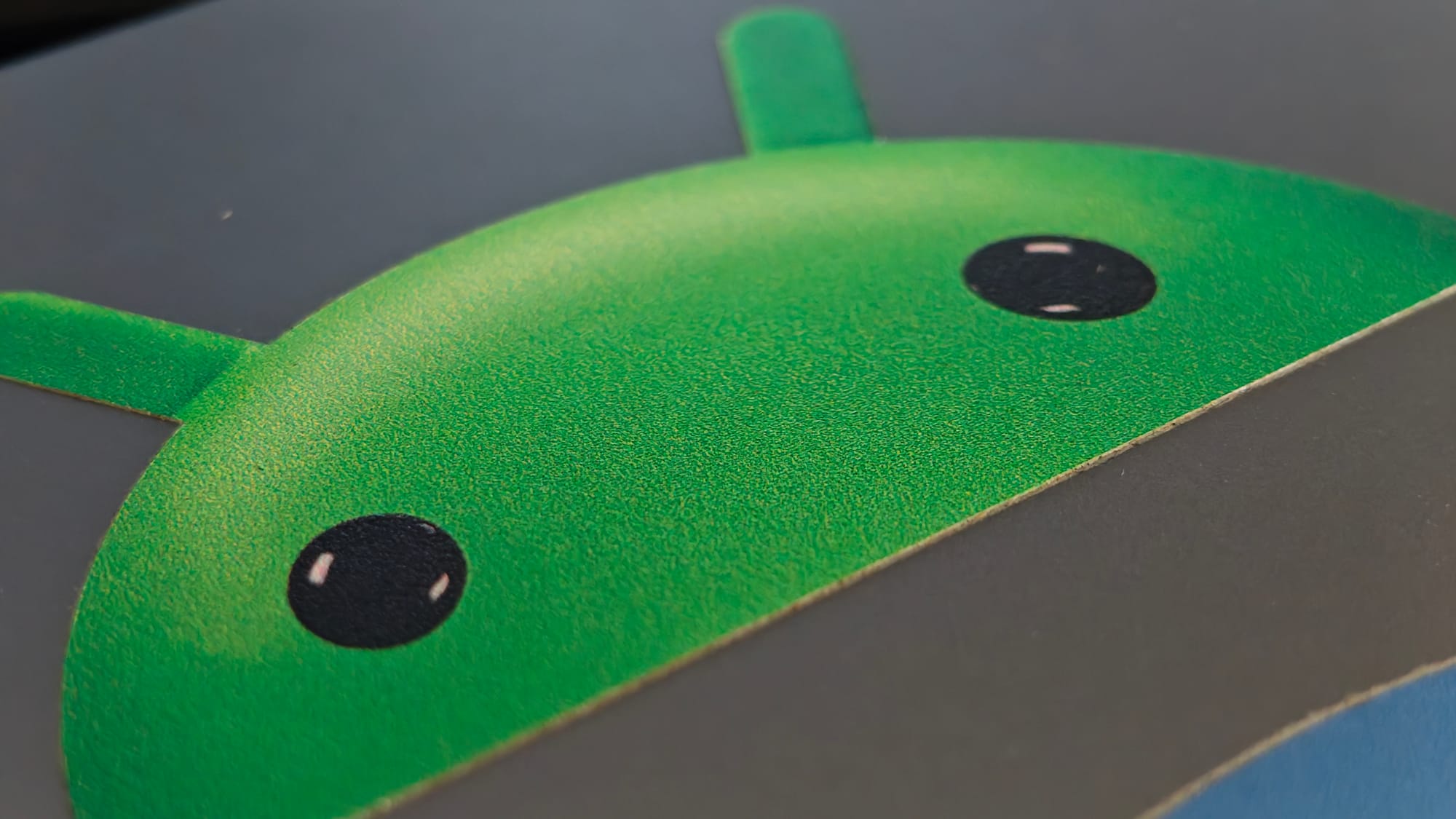


A mix of shots from the Nothing Phone 3
The downside? I rarely shoot macro photos. It’s cool to have, but it may not see much real-world use.
Battery life has been reliable, with no real anxiety during my time using it. There was one weird day when my Meta Oakley glasses seemed to have their way with the battery on the phone, but outside of that specific edge case, I had no complaints.
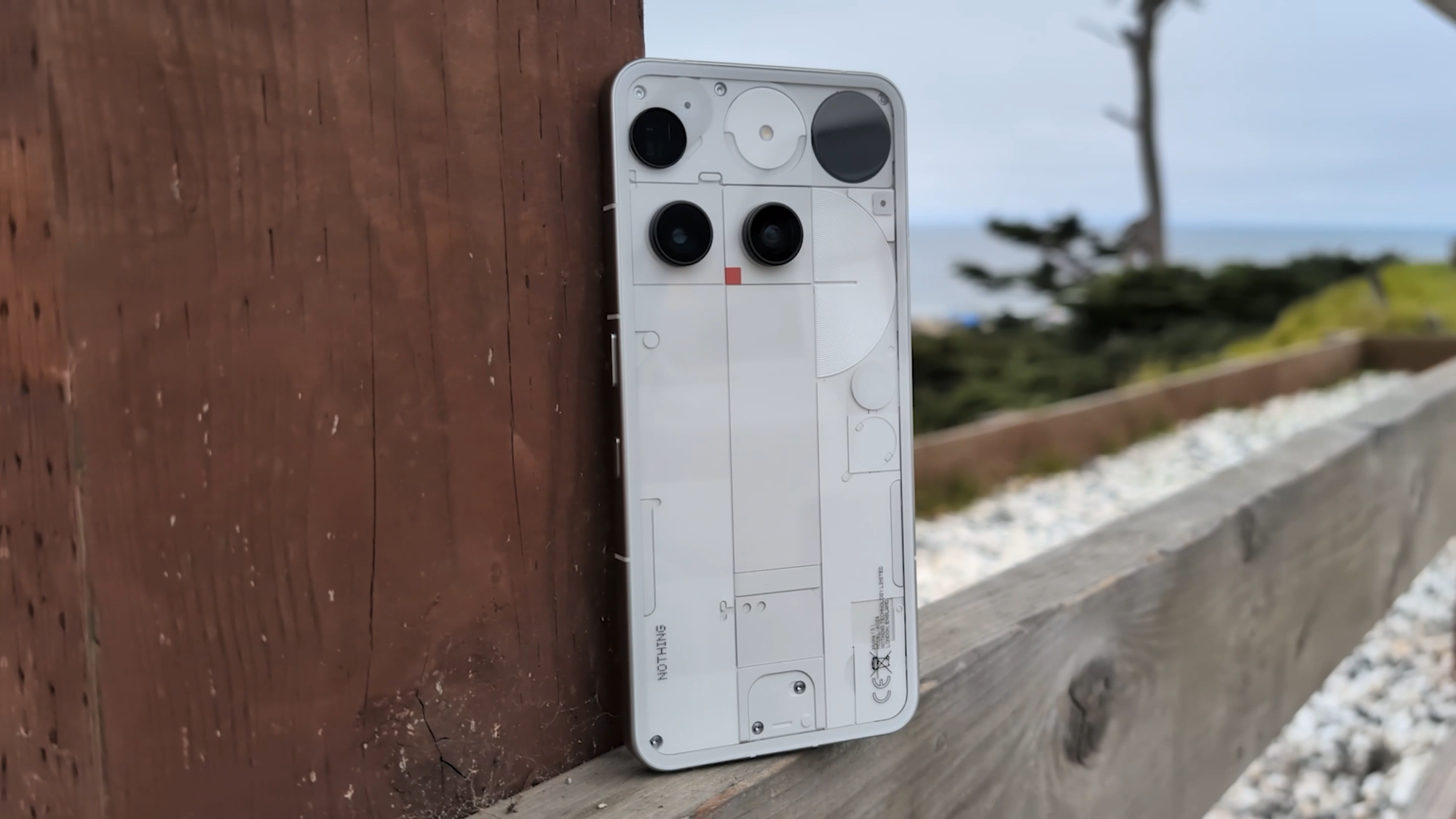
Nothing wants this to be its first true flagship, and in some ways, it is. But with tradeoffs like weaker internals, a less useful Glyph Matrix, and a mediocre camera system, the Nothing Phone 3 is still a little way off from being a true flagship competitor.
Still, I deeply appreciate Nothing for continuing to try new things. In a world where most smartphones feel identical, Nothing is one of the few companies throwing haymakers just to see what sticks. Even if the Glyph Matrix didn’t capture my imagination, I love that it exists. It’s different. And I’m curious to see where Nothing goes next.
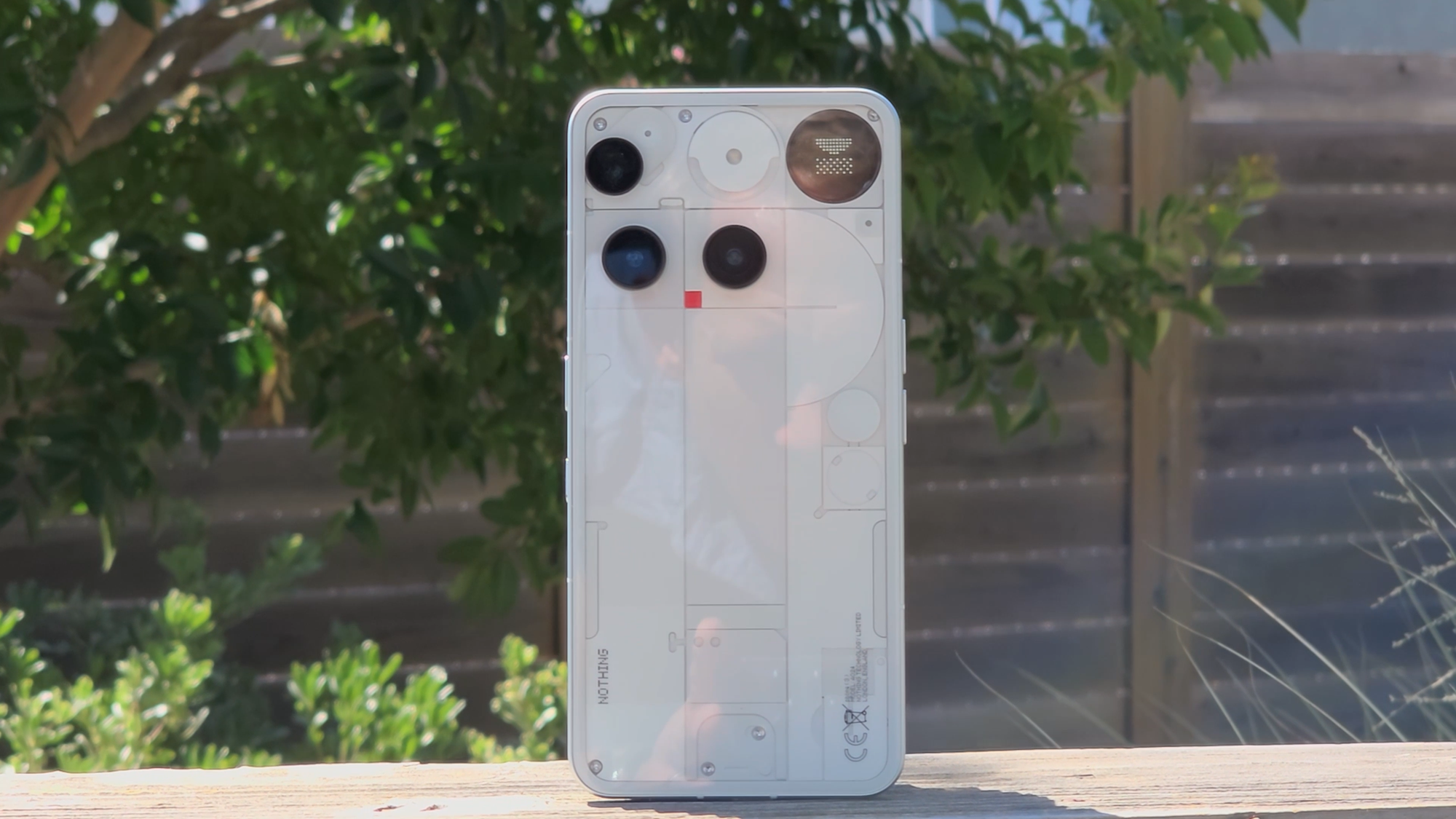
The Nothing Phone 3 arrives with a flashy new Glyph Matrix module and a flagship price tag, promising a step forward for the brand.